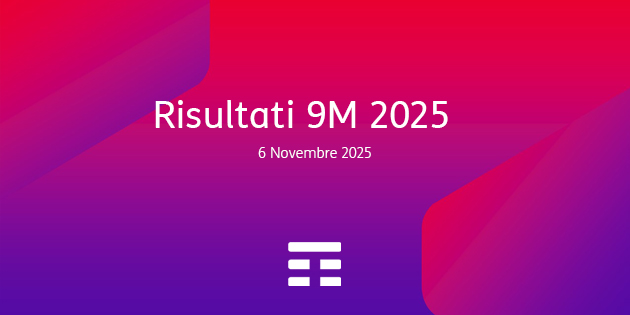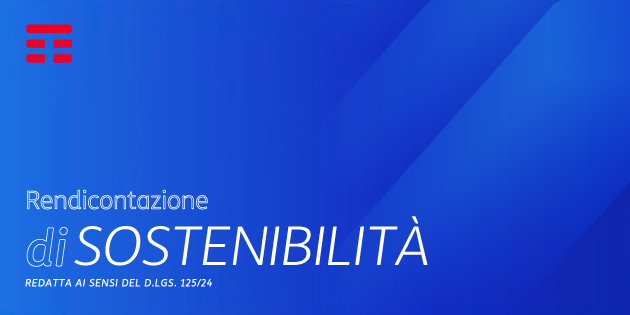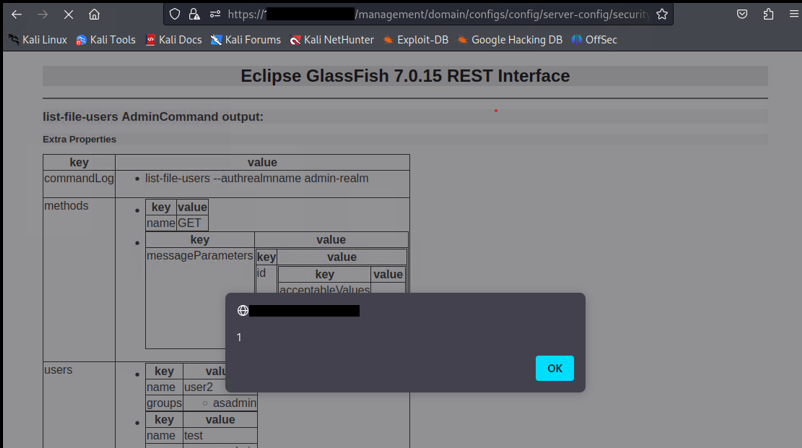Vulnerability Description: Cross-site Scripting (Stored) - CWE-79
Software Version: 7.0.15
NIST: https://nvd.nist.gov/vuln/detail/CVE-2024-10031
CVSS: 5.4
Severity: Medium
Credits: Claudia Bartolini, Marco Ventura, Andrea Carlo Maria Dattola, Debora Esposito, Massimiliano Brolli
In Eclipse GlassFish version 7.0.15 is possible to perform Stored Cross-site scripting attacks. Stored cross-site scripting vulnerabilities arise when user input is stored and later embedded into the application's responses in an unsafe way. An attacker can use the vulnerability to inject malicious JavaScript code into the application, which will execute within the browser of any user who views the relevant application content.
Step-by-step instructions and PoC
A remote user, that has the permissions to modify the configuration file through the Operating System, can store malicious JavaScript code within the “groups” parameter. Successfully exploitation of this vulnerability can cause the extraction of some information and/or the execution of arbitrary HTTP Request in the context of victim's session.
Affected Endpoints
• URL: https://[IP]:[PORT]/management/domain/configs/config/server-config/security-service/auth-realm/admin-realm/list-users
• Vulnerable Configuration Parameter: groups
Below there is the evidence with the vulnerability details and the payloads used.
Payload used to exploit the vulnerability:
echo "user3;{SSHA256}qXV9vLHbkJRoMaJkGsNUrz5jSHDzMTR0CyFmZjUt8HJQVlIi2X8XaA==;asadmin<img src=x onerror=alert(1)>" >> {PATH}/glassfish7/glassfish/domains/domain1/config/admin-keyfile
This first step consists of add the malicious user in the admin-keyfile configuration file, as reported previously.
Below the evidence of the javascript code injection in the web pages that show the groups value:




